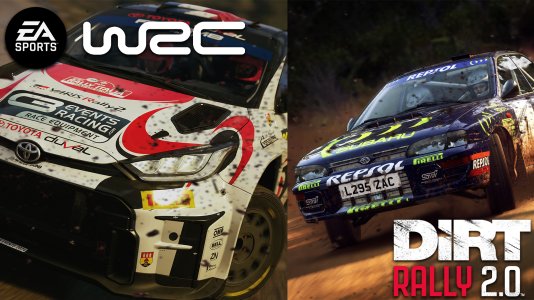Th3HolyMoose submitted a new resource:
Procedurally Generated Rally & League - Stage Demo Pack #1 - 14.6km of Procedurally Generated Rally Roads divided in 2 stages
Read more about this resource...
Procedurally Generated Rally & League - Stage Demo Pack #1 - 14.6km of Procedurally Generated Rally Roads divided in 2 stages
Procedurally Generated Rally Stages - Demo Pack #1 (v.02)
Over the past few months I've been working on a program that procedurally generates rally stages (or togue roads, hillclimbs, etc) in a nature environment, without requiring any work to be done by hand, other than configuring the location and stage settings!
It's now time for me to show what I've been working on, and to share what I hope to do with it in the future. You'll also find downloads for...
Read more about this resource...










